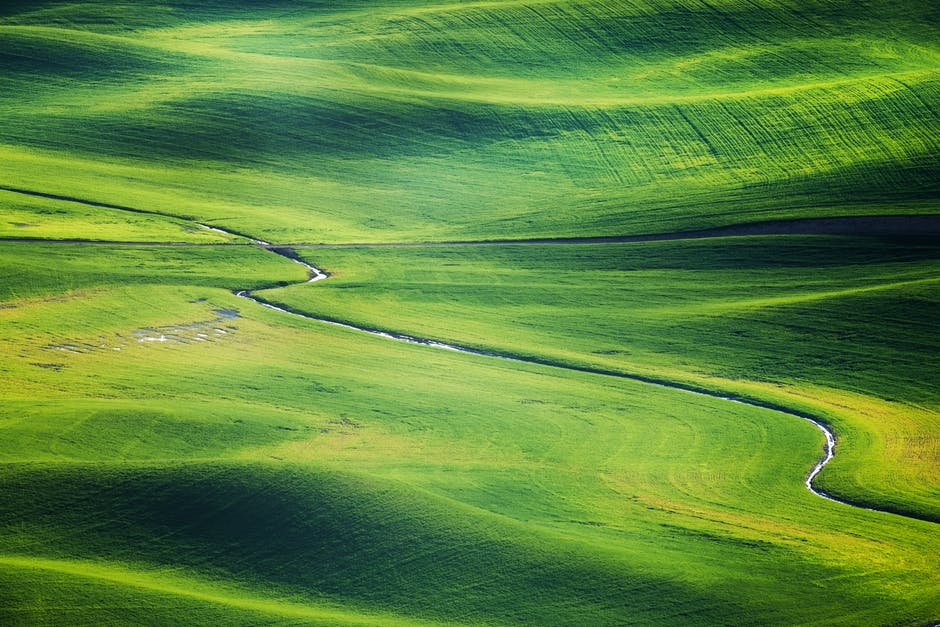Golf is a mass participatory sport. Over 24 million people in the United States play this amazing game. The range of golf course types seeks to provide a huge variety of needs and tastes.
Are you a golf enthusiast? You need to know the terrain. Here’s a complete guide to the different types of golf courses you’ll find across the world.
Different Types of Golf Courses
Classifying the different types of golf courses is fraught with dangers. Golf courses are the subject of much debate among golfers. Passions run high in golf.
Some courses are both loved and despised not least because of the fortunes of the players. A good day on the course can elicit admiration for the beauty and subtlety of the design. A bad day on the course can engender criticism of the designer and the green staff alike.
An objective analysis of golf courses can identify some general types of course. Your preferences rather than an objective assessment will determine whether one is better than another.
Course Architecture
The design or architecture of a golf course is a major distinguishing factor between courses. The classic and some might say the original design of golf courses was determined by their location on the coast of Scotland.
1. The links-style golf course is characterized by the humps and hollows of the dunes and by the wind.

2. Parkland golf courses are set in a manicured landscape interspersed with grassy fairways often divided by attractive woodland.

These in-land courses may have smooth fairways but the design can be no less challenging. Placement of traps, slopes, and water can trip up the complacent golfer as much as any links.
While links and parkland golf courses are the most frequently seen worldwide types, there is a third type.
3. A desert golf course is constructed in a natural desert area. It is built among the dunes and the natural features of the desert.
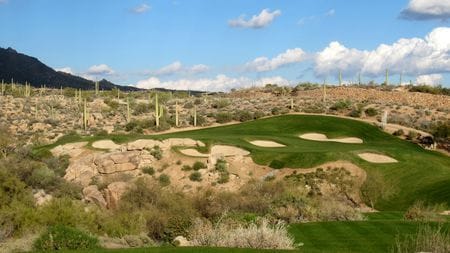
The only grass present on the layout of this sort is on the tee box, fairways, and putting greens.
Such courses are located mostly in southwestern America and the Middle East.
Such courses are developed to integrate the local area with the majestic greenery of golf courses found all across the world.
The Long and the Short
Courses can vary in length between executive courses, designed for fast play, and the regulation 18-hole, 70 to 72 par courses. A shorter course means busy executives can get their golf fix without being missing from the office for too long.
The longest course in the world is the Jade Dragon Snow Mountain course which is 8,548 yards. It has a 711-yard hole. That’s a long walk even for the keenest golfer.
Ancient and Modern
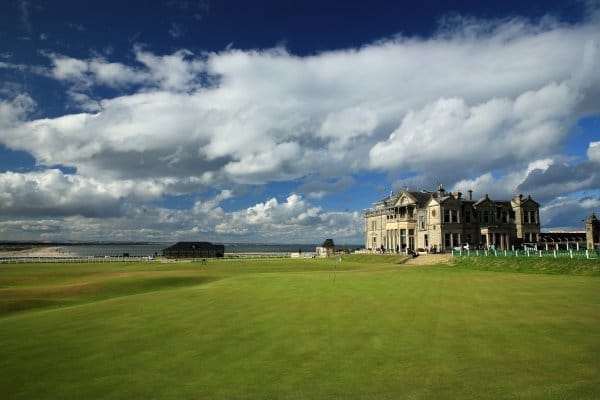
Golf courses vary in age. A new course may incorporate the latest innovations in design. For example, designs that make courses more resilient to extreme weather conditions can maximize the number of days when the course is playable while others have to close due to waterlogging.
Older courses have the added attraction of heritage. Whether you play it with an authentic mashie niblick or state of the art Callaway golf clubs its a wonderful privilege to play a course with a magnificent history such as the St Andrews Old Course in Scotland.
Golf courses Access Types
1. Public courses
Golf courses that are open for the general public are known as Public golf courses. Whoever is interested in playing golf is most welcome at a public golf course. In the public category, there are two important subtypes- the daily fee course and the municipal course.
a. Municipal course
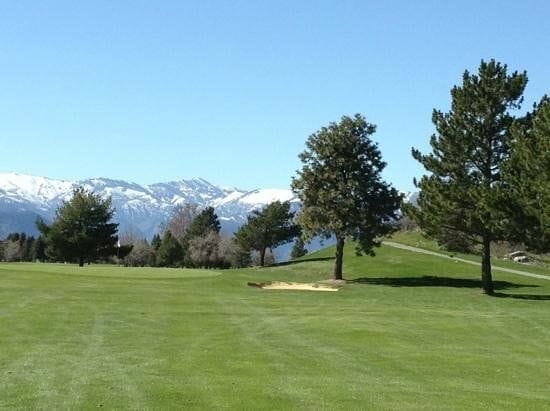
Golf courses that are owned by city or municipalities often charge for each visit you make. Paying this way can make golf cheap and accessible to more potential players. There are other courses, not owned by municipalities that offer pay-as-you-go payment options.
b. Fee courses

Daily fee courses are also available to all but are privately owned and usually more exclusive-and hence they’re more costly-than municipal courses.
3. Resort Courses

A resort course typically includes a large, luxurious hotel, maybe a spa and several restaurants. Some resort courses are accessible to the public as is a daily fee course, with resort guests receiving preferential tee times and reduced green fees. Many resorts are legally accessible but many limit entry to the public by compelling you to remain at the resort to play the golf course.
4. Private courses

Private courses have several different methods of payment for playing. The conventional method is to pay for a membership. This entitles you to play on the course and use the club facilities at designated times. Private clubs may also offer pay-to-play options to non-members.
5. Semi-private courses
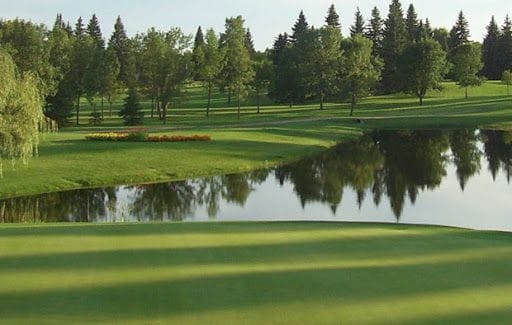
A semi-private course sells memberships as well as allowing non-members to play. Those buying memberships may receive favorable tee times and reduced green fees, or access to other club facilities or benefits.
Take Your Pick
Whatever types of golf excite you, there’s a course for you. But remember, a low score and good company make for a fine day out whatever types of golf courses you play.
Browse our blog for more sporting adventure.


